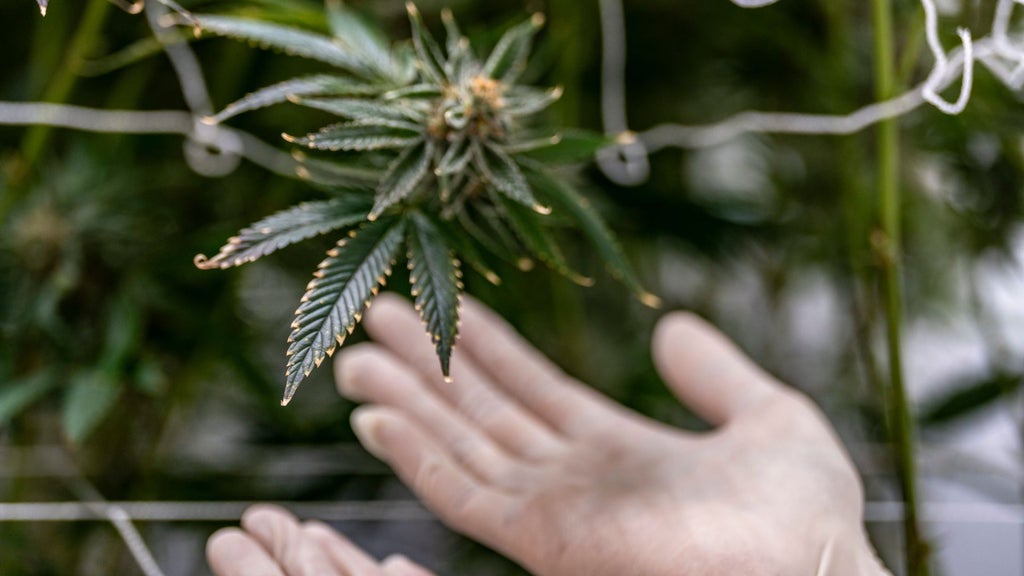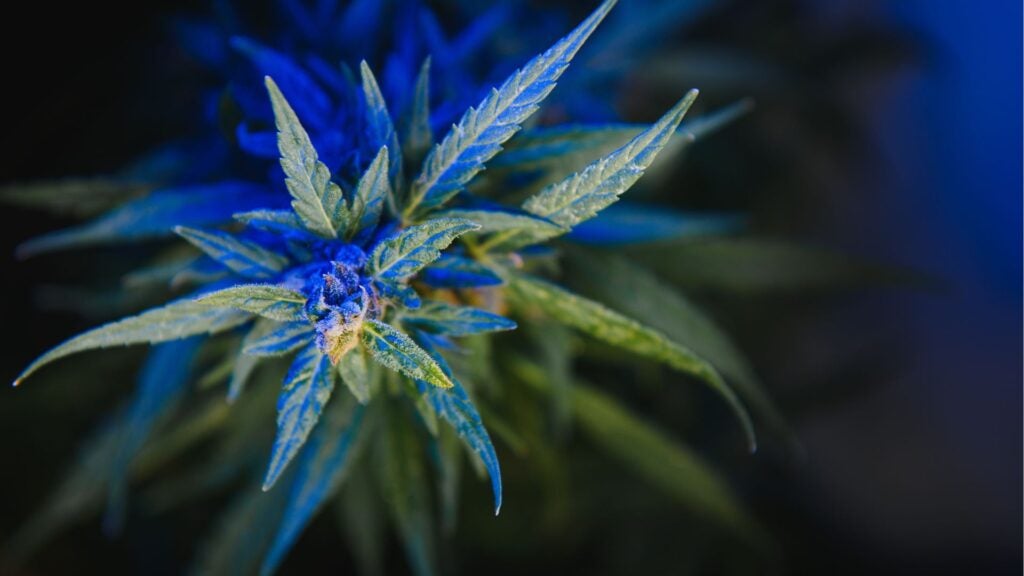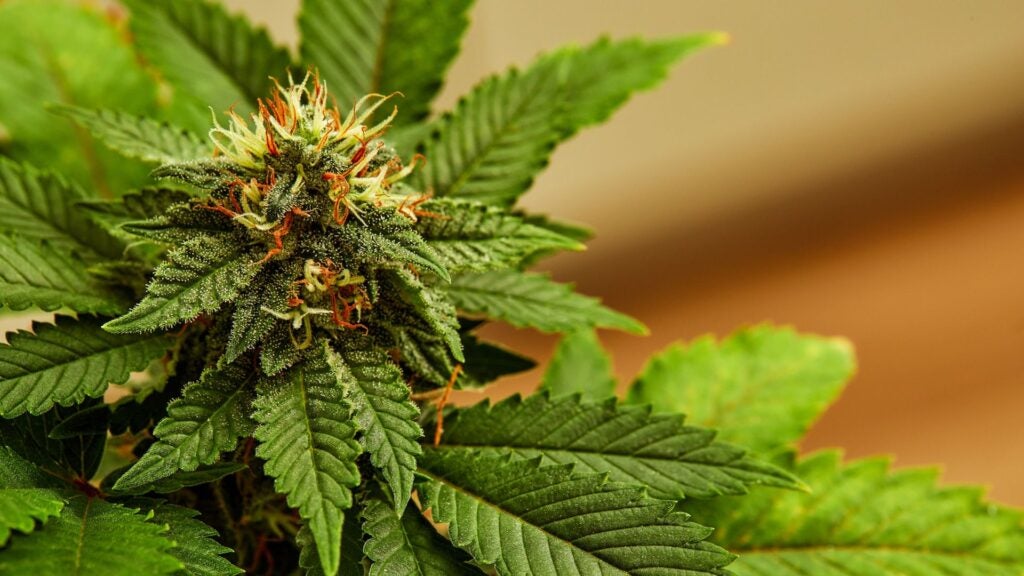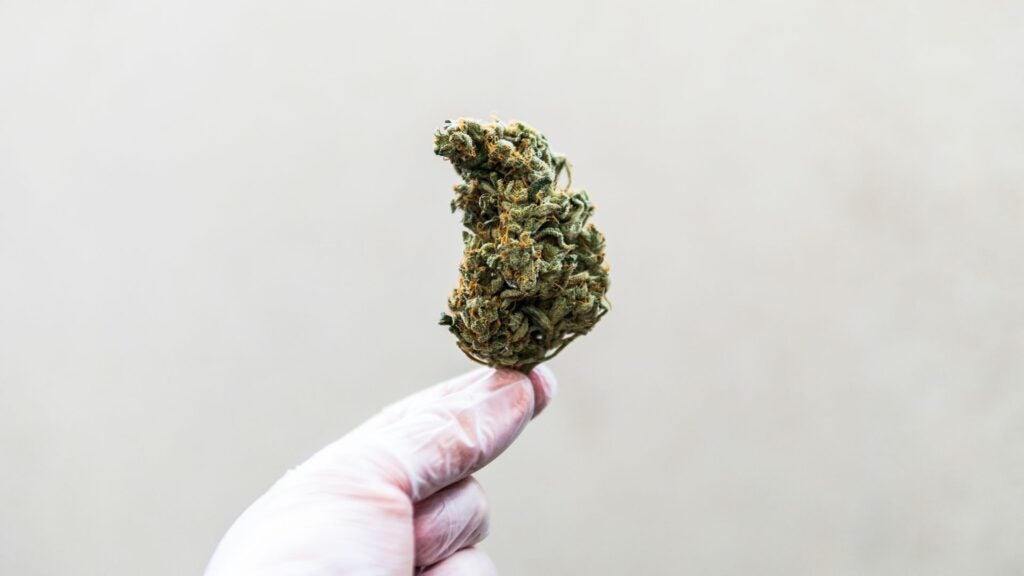Cannabis, Weed Strain
Is Weed a Stimulant or Depressant?
Cannabis, commonly known as weed or marijuana, has intrigued users and researchers alike for decades due to its complex and varied effects on the body and mind. One of the most frequently asked questions about marijuana is: Is weed a stimulant or depressant? The reality is nuanced: marijuana doesn’t fit neatly into a single category but exhibits properties of all three—stimulant, depressant, and hallucinogen.
Disclaimer: The information provided in this article is for educational purposes only. It is essential for users to verify data through additional reliable sources and consult healthcare professionals for personalized advice.
Understanding Marijuana’s Complex Effects
The reason marijuana affects individuals so differently lies in its primary psychoactive component, delta-9-tetrahydrocannabinol (THC). THC interacts with the body’s endocannabinoid system, influencing the central nervous system and leading to diverse physiological and psychological reactions. These effects can significantly vary from person to person based on dosage, tolerance, strain type, and method of consumption. This variation is why people often ask, “Is weed a stimulant or depressant?”, expecting a straightforward answer.
Marijuana as a Stimulant
Stimulants are substances that temporarily increase alertness, attention, and energy. Marijuana can exhibit stimulant effects, especially in lower doses or specific strains. Users may experience an increased heart rate, heightened sensory perception, and elevated mood or alertness shortly after consumption.
- Increased Heart Rate and Blood Pressure: THC can directly stimulate the cardiovascular system, temporarily increasing your heart rate and blood pressure. This effect typically peaks shortly after smoking or ingestion and gradually diminishes.
- Enhanced Alertness: Some users report an initial stimulant effect, describing feelings of increased energy, alertness, and sociability, particularly with sativa-dominant strains.
Marijuana as a Depressant
Depressants slow down your brain function, resulting in relaxation, sedation, and reduced anxiety. Many people predominantly experience marijuana as a depressant due to its calming effects, making it popular for relaxation and sleep enhancement.
- Slowed Brain Function: THC can suppress neuronal activity in the central nervous system, leading to a slower reaction time, impaired motor coordination, and feelings of relaxation or drowsiness.
- Relaxation and Anxiety Relief: The depressant effect of marijuana is frequently utilized therapeutically, helping alleviate anxiety, stress, and sleep disorders. Indica-dominant strains are particularly noted for these calming effects.
Marijuana as a Hallucinogen
Hallucinogens alter perception, mood, and various cognitive processes. Although marijuana doesn’t typically induce intense hallucinations like some other hallucinogens, it can still profoundly alter sensory perceptions and cognitive functions.
- Altered Sense of Time and Perception: Users commonly report experiencing distortions in their perception of time and intensified sensory experiences, such as colors appearing brighter or sounds being more vivid.
- Mild Hallucinogenic Effects: In higher doses, cannabis products can lead to mild visual or auditory hallucinations, though these effects are usually subtle compared to stronger hallucinogens like LSD.
Short-Term Effects of Marijuana
Short-term effects of marijuana can include:
- Increased heart rate
- Enhanced sensory perception
- Altered sense of time
- Euphoria or heightened mood
- Relaxation or sedation
- Impaired memory and coordination
These effects typically onset within minutes of smoking marijuana and last from one to three hours. Edibles, due to their digestion process, tend to produce longer-lasting effects that may persist for several hours.
Evidence-Based Insights into Marijuana’s Effects
Scientific research increasingly supports the nuanced categorization of marijuana as simultaneously possessing stimulant, depressant, and hallucinogenic properties. Evidence-based studies have highlighted the variability in these effects depending on factors such as individual physiology, dosage, consumption method, and strain type.
For instance, a study published in the Journal of Clinical Psychopharmacology indicated that marijuana’s effects vary significantly based on dosage and individual tolerance levels, underscoring the importance of personalized understanding when considering its stimulant or depressant nature. You can explore various weed strains at Toke Club.
Marijuana’s Side Effects and Risks
Understanding marijuana’s potential side effects is crucial for responsible use. Common side effects may include:
- Dry mouth
- Bloodshot eyes
- Increased heart rate
- Impaired coordination
- Anxiety or paranoia, particularly at higher doses
Long-term or heavy use can also contribute to mental health conditions such as anxiety disorders, depression, and in some cases, psychosis. These risks emphasize the importance of moderation and awareness of individual reactions to marijuana. For high-quality options, browse our shop.
Impact on Mental Health Conditions
Marijuana’s interaction with mental health is complex. Some individuals use marijuana therapeutically to manage symptoms of mental health conditions like anxiety, PTSD, or chronic stress due to its calming and mood-enhancing properties. However, marijuana can also exacerbate symptoms in people predisposed to mental health issues.
Research suggests a careful approach, especially for individuals with a history of psychiatric disorders. Consultation with healthcare professionals can help manage risks and optimize potential therapeutic benefits.
Variability and Personal Experience
The effects of marijuana indeed vary from person to person, influenced significantly by factors such as:
- Dosage and potency
- Strain type (Indica vs. Sativa vs. Hybrid)
- Method of consumption (smoking, vaping, edibles)
- Individual physiology and tolerance
- Context and environment
Awareness and responsible use can mitigate potential negative experiences, allowing users to navigate marijuana’s effects safely and beneficially.
So, is weed a stimulant, depressant, or hallucinogen? The comprehensive answer is: it’s all three. Marijuana’s complex interplay of effects means it doesn’t fit neatly into a single pharmacological category. Instead, understanding its multifaceted nature helps users make informed decisions and optimize their experiences based on their desired outcomes, personal physiology, and lifestyle.
Given marijuana’s variability, users are encouraged to approach its use responsibly, remain informed through evidence-based resources, and consult healthcare professionals when necessary.




